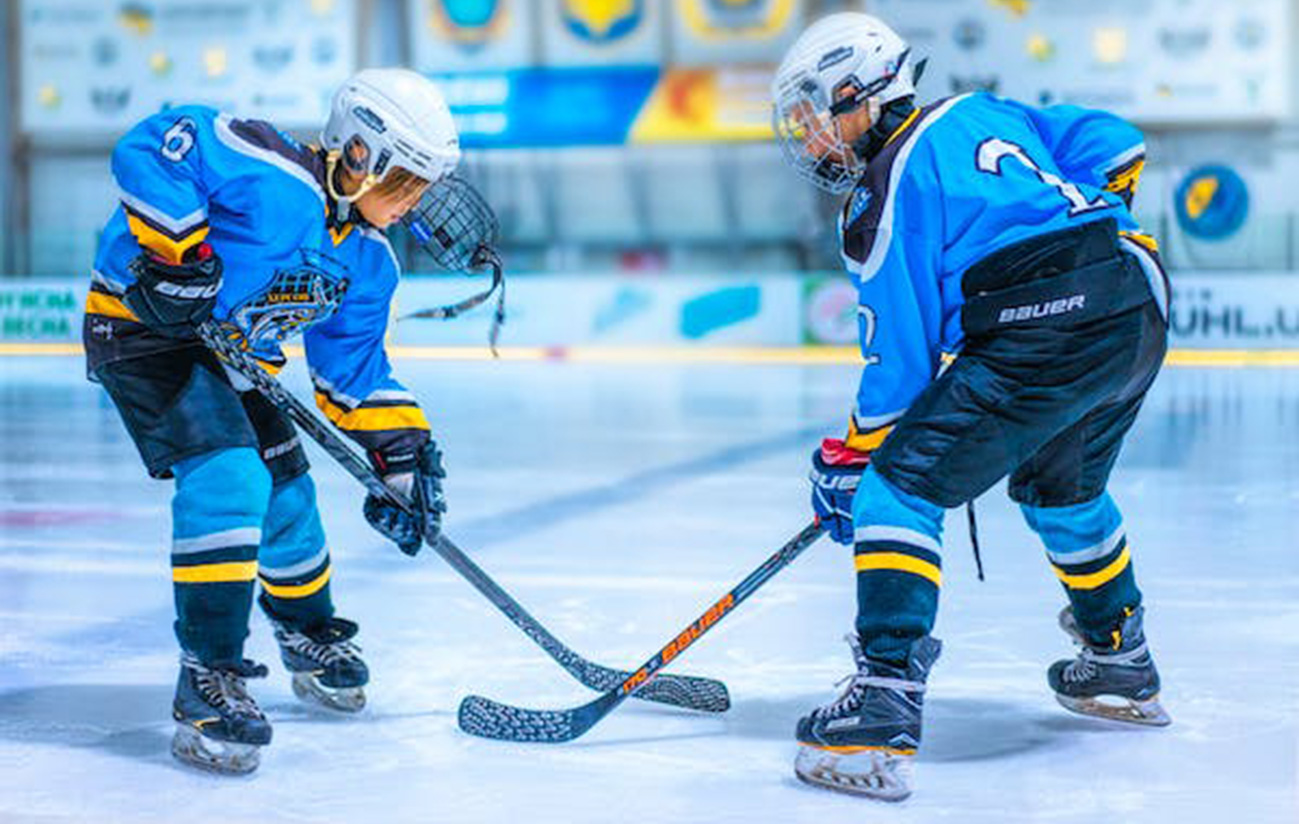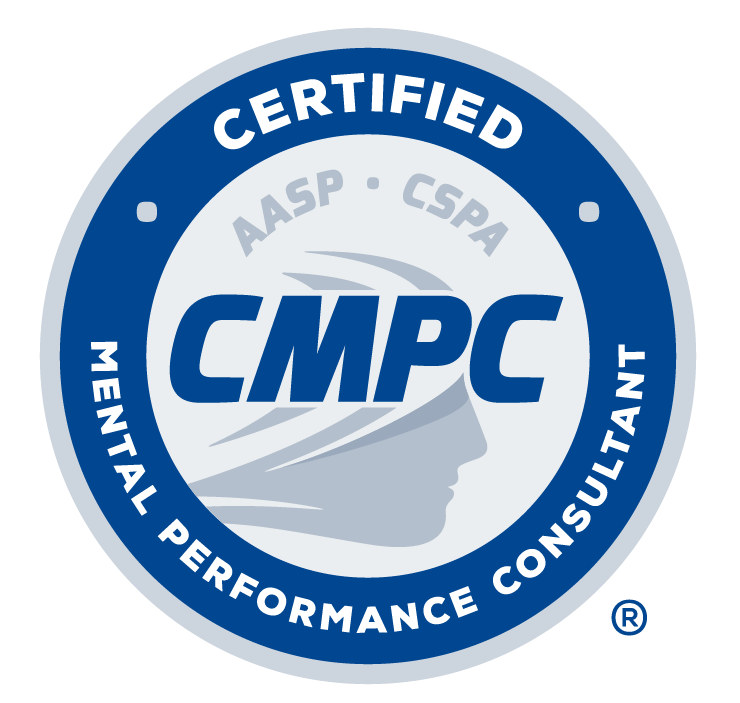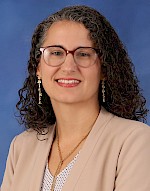Sport Specialization and the Family: Examining the Effects Outside the Lines

Published
The landscape of youth sports has changed significantly in the last 20 years with the emergence of club sports and more athletes focused on developing elite-level skills rather than sport enjoyment. This increased focus on performance has many athletes and parents choosing to forego multi-sport participation to focus on a single, main sport as early as elementary school.
Sport Sociologist, Jay Coakley (2009), identified elite sport specialization as one of five impactful trends in contemporary youth sports. Specialization within youth sports promotes single sport rather than multi-sport athletes, includes pressure to participate at the highest level as early as possible, and encourages year-round participation (Brenner & Council on Sports Medicine and Fitness, 2016).
While specialization may benefit some athletes in the form of enhanced skill and performance, the negative implications may be long-term and affect multiple parties, including the family unit (LaPrade et al., 2016). For example, the time and financial commitments required for participation can be a source of conflict within the family, often causing distress to the individuals (parents, athletes, siblings) as well as relationships.
Elite Youth Sport Participation and Family Life
A study was performed to explore how an athlete’s participation in sports specialization affects various aspects of family life, including the family’s time and resource commitments along with effects on individuals (e.g., parents, athletes, siblings) as well as their relationships. Eleven parents who had at least one child currently specializing in baseball, softball, or volleyball participated in individual virtual one-on-one interviews sharing their family’s elite sport experience.
Based on the current findings, sports specialization had varying effects on families. Involvement positively affected relationships with friends and family and fostered the development of life skills among the athletes. Many parents reported that the participation did not affect the marriage, other siblings, the athlete’s academics, and the family’s financial status. In contrast, the extreme time commitment negatively affected the family’s opportunities to attend other valued events such as weekend religious services.
Recommendations
While the study described above detailed both the pros and cons of sport specialization, there are several factors to consider to maximize the benefits and mediate the risks to those involved. To reduce the potential negative effects of specialization on the individual athlete and their family, the following is a list of strategies aimed at improving the youth sport experience for all (Aguilar, 2021; Brenner et al., 2016; LaPrade et al., 2016).
Athlete
- Delay Specializing: Delay specialization to avoid burnout and dropout. Studies have shown that athletes who specialize early (before age 14) are likely to drop out. Multi-sport athletes have many advantages over single-sport athletes including longer-term success, fewer injuries, fewer incidences of dropout, and the development of transfer skills (skills that can be applied to a variety of sports;).
- Take a Break: Athletes should not compete in a single sport for more than eight months of the year.
Parent Relationship
- Prioritize Weekly Alone Time: Scheduling a date throughout the week will help to ensure you stay connected even if the athletic schedule pulls you away from each other.
- Open Communication: Items that should be discussed between parents include the cost of participation, athlete behavior and performance expectations, parental behavior expectations, and each parent's expected contribution to the schedule.
Finances
- Know the Hidden Costs: Common costs associated with select sports include registration fees, uniform and equipment costs, and travel costs (gas, hotel, food). Possible hidden costs are entertainment between games, entry/gate fees, restaurant prices for food, paying for another child’s meal, and tournaments being added to the schedule at the last minute.
- Do Not Prioritize Sport Over Family: It can be tempting to prioritize sports spending instead of saving for college, retirement, or savings with the idea that your child gets a college scholarship. Unfortunately, the odds are not in your favor. According to the NCAA, only 2% of high school athletes receive a scholarship. Even if your child is one of the lucky ones the scholarship may not cover the full cost, only six NCAA sports offer full scholarships.
- Budget, Budget, Budget: Make a plan. Create a line in your budget for your kids’ extracurricular activities.
Relationships
- Other Children: Be intentional about spending time with kids who are not participating in select sports.
- Extended Family: Invite family to watch competitions and even travel together.
While specializing in a single sport can afford young athletes the opportunity to participate year-round and improve their skills, it can also lead to long-term negative implications for the athlete as well as the family if not monitored. As the popularity of elite sport continues to rise, it is the responsibility of parents, coaches, and youth sport stakeholders to understand the current and future impact specialization can have on all involved. In addition to high-level athlete development, an important goal of elite sport should be to build programs in which best practices are implemented to ensure families thrive throughout their elite sport experience.
References
- Aguilar, A. R. (2021). Sports specialization and the family: Examining the effects outside the lines (Publication No. 28547678) [Doctoral dissertation, University of North Carolina – Greensboro]. ProQuest Dissertations & Theses Global.
- Coakley, J. (2009). Sport in society: Issues and controversies (10th ed.). New York: McGraw-Hill.
- Brenner, J. S., & COUNCIL ON SPORTS MEDICINE AND FITNESS (2016). Sports specialization and intensive training in young athletes. Pediatrics, 138(3). doi:10.1542/peds.2016-2148
- LaPrade, R., Agel, J., Baker, J., Brenner, J., Cordasco, F., Côté, J., . . . Provencher, M. (2016). AOSSM early sport specialization consensus statement. Orthopaedic Journal of Sports Medicine, 4(4), 232596711664424-232596711664424. doi:10.1177/2325967116644241
Share this article:
Published in:





